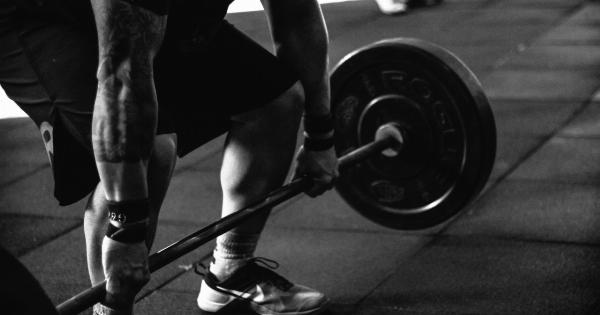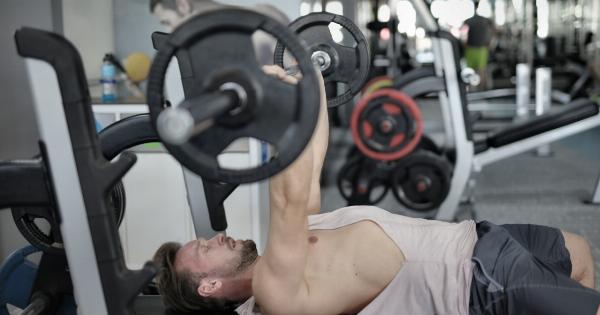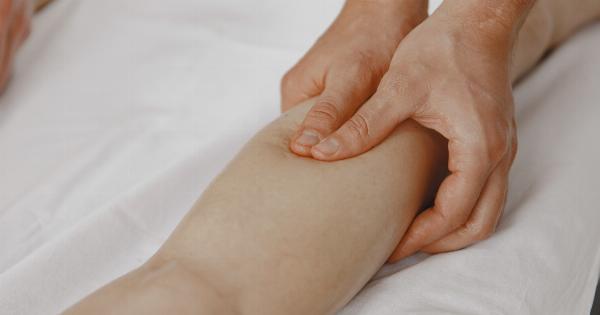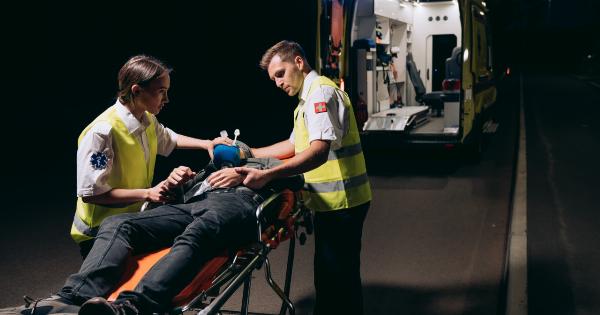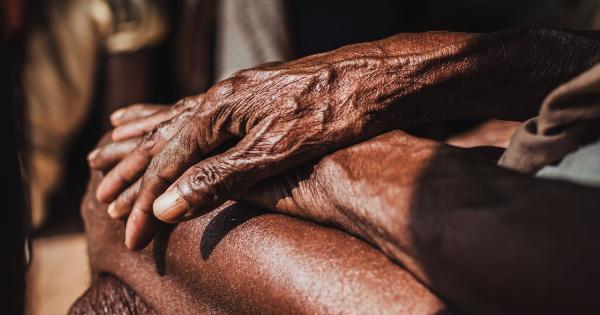Leg cramps can be a common and often harmless condition that most people experience at some point in their lives.
These sudden, involuntary contractions in the muscles of the leg can range from mild discomfort to intense pain that can disrupt sleep and daily activities. While leg cramps are usually harmless and resolve on their own, there are certain cases where they may be a cause for concern. In this article, we will explore five typical causes of leg cramps and what to do about them.
1. Dehydration
One of the most common causes of leg cramps is dehydration. When the body is not adequately hydrated, it can lead to an imbalance of electrolytes, such as potassium, calcium, and magnesium, which are essential for proper muscle function.
Dehydration can occur due to excessive sweating, inadequate fluid intake, or certain medical conditions.
To alleviate leg cramps caused by dehydration, it is important to ensure proper hydration. Drinking plenty of fluids throughout the day, especially water, can help maintain electrolyte balance and prevent muscle cramps.
Including foods rich in potassium, such as bananas and leafy greens, can also be beneficial.
2. Muscle Fatigue
Physical activity, particularly intense or prolonged exercise, can lead to muscle fatigue and cramps. When muscles are overworked or exhausted, they are more susceptible to cramping.
This is commonly seen in athletes or individuals who engage in repetitive movements for extended periods.
If leg cramps are caused by muscle fatigue, it is important to give the muscles time to rest and recover. Applying heat or cold to the affected muscles, gentle stretching, and massaging can provide relief.
Incorporating regular rest days into a workout routine and gradually increasing intensity can also help prevent muscle fatigue and cramps.
3. Mineral Imbalances
Imbalances in minerals like potassium, calcium, and magnesium can contribute to leg cramps. Potassium, in particular, plays a crucial role in muscle function, and a deficiency in this mineral can increase the likelihood of experiencing cramps.
Some medications and medical conditions can also interfere with the body’s ability to maintain proper mineral balances.
Addressing mineral imbalances may involve dietary changes or supplements. Consuming foods rich in minerals, such as bananas, oranges, dairy products, and nuts, can help maintain adequate levels.
In cases of severe deficiencies, a healthcare provider may recommend supplements.
4. Nerve Compression or Disorders
In some instances, leg cramps can be a result of nerve compression or underlying disorders affecting the nerves. Conditions like peripheral neuropathy, lumbar stenosis, or herniated discs can lead to nerve irritation and muscle cramps.
Additionally, nerves can be compressed due to the positioning of the body while sleeping or sitting for prolonged periods.
If leg cramps are suspected to be related to nerve compression or disorders, it is essential to consult a healthcare professional for accurate diagnosis and treatment options.
Physical therapy, medication, or surgical intervention may be recommended, depending on the cause and severity of the condition.
5. Underlying Medical Conditions
In certain cases, leg cramps can be a symptom of underlying medical conditions. Conditions like diabetes, hypothyroidism, kidney disease, or liver disease can increase the risk of experiencing leg cramps.
These conditions can affect muscle function, nerve health, or electrolyte balance, leading to cramping episodes.
Managing leg cramps caused by underlying medical conditions involves treating the primary condition under the guidance of a healthcare professional. Proper management of these conditions can often alleviate or reduce the frequency of leg cramps.
Conclusion
In most instances, leg cramps are harmless and can be alleviated through self-care measures.
However, if leg cramps persist, worsen in frequency or intensity, or are accompanied by additional concerning symptoms, it is important to seek medical attention. Healthcare professionals can evaluate the underlying cause of leg cramps and provide appropriate treatment options.





